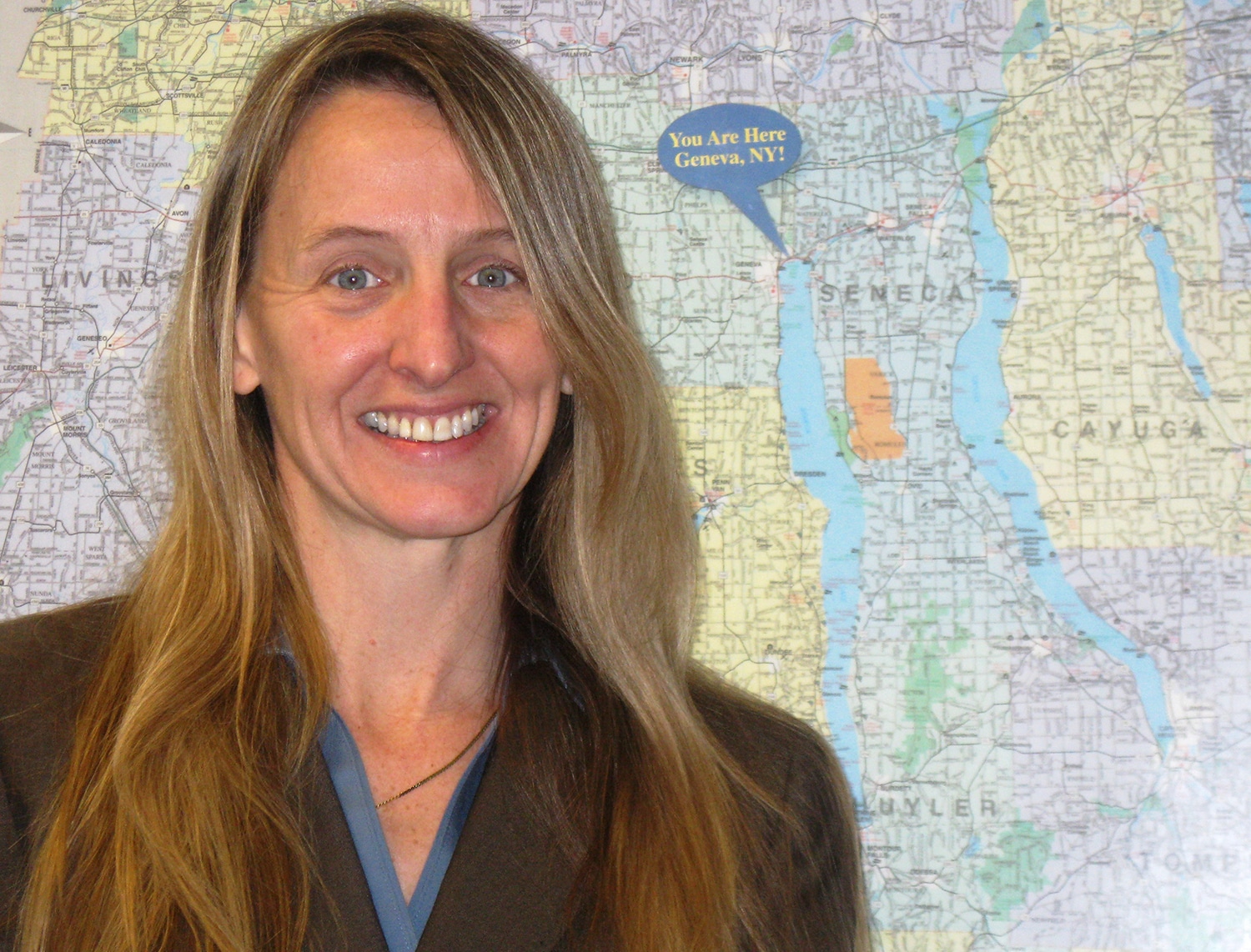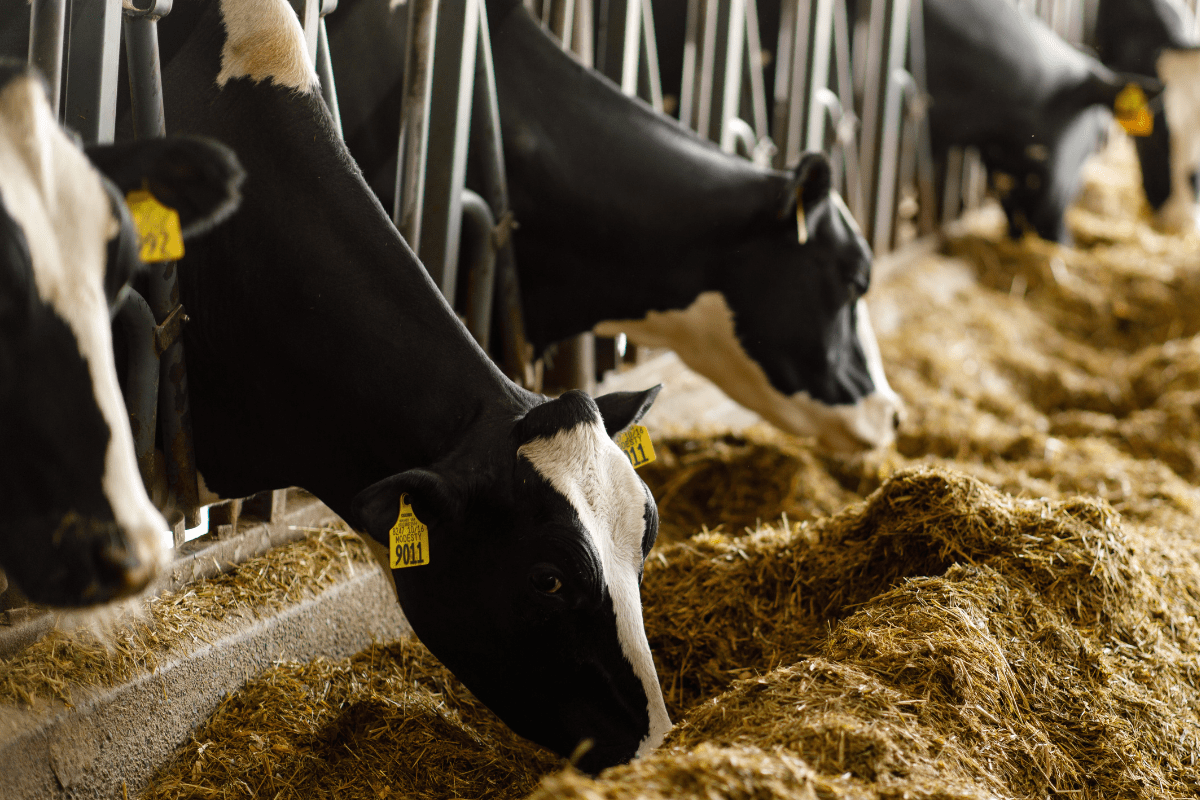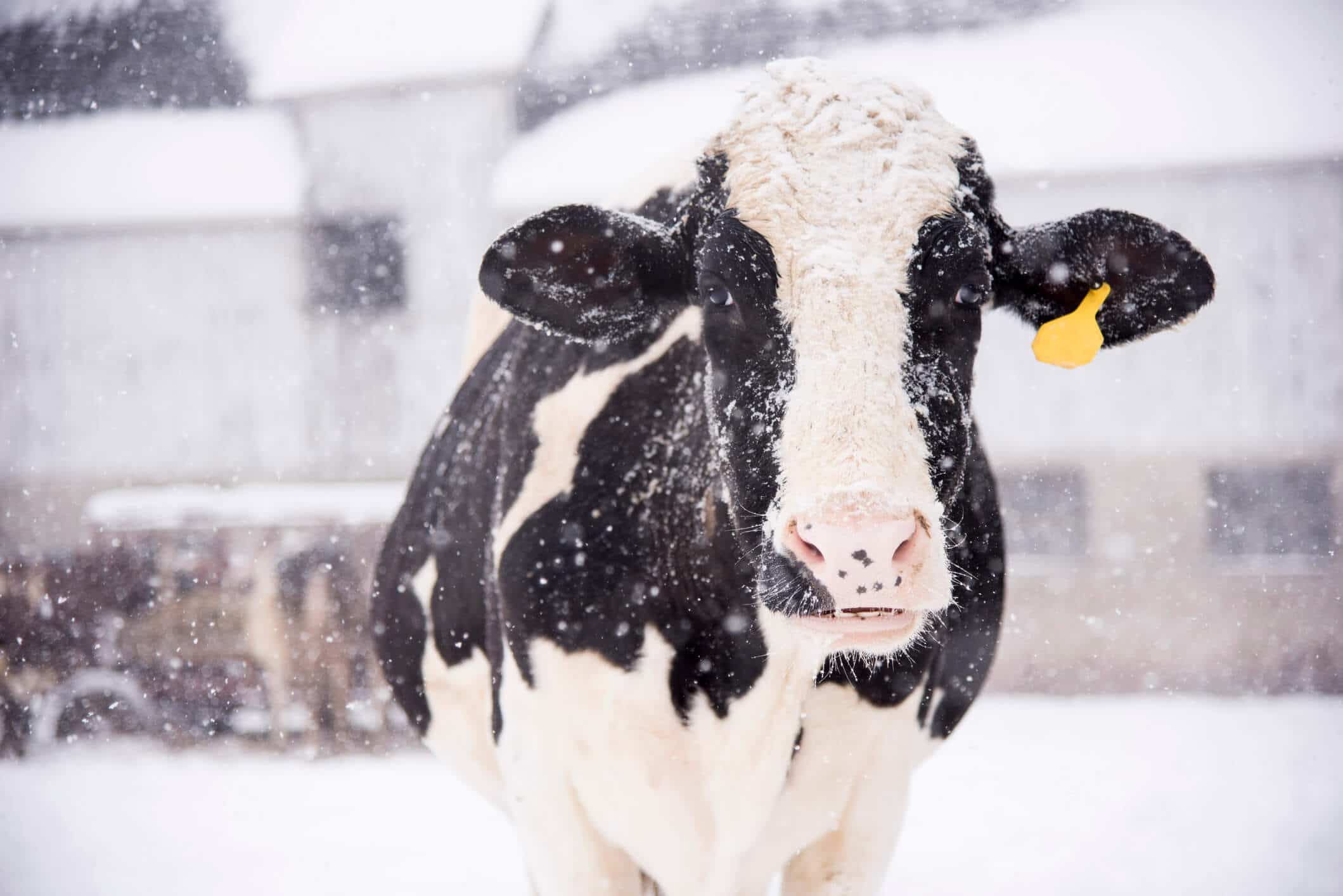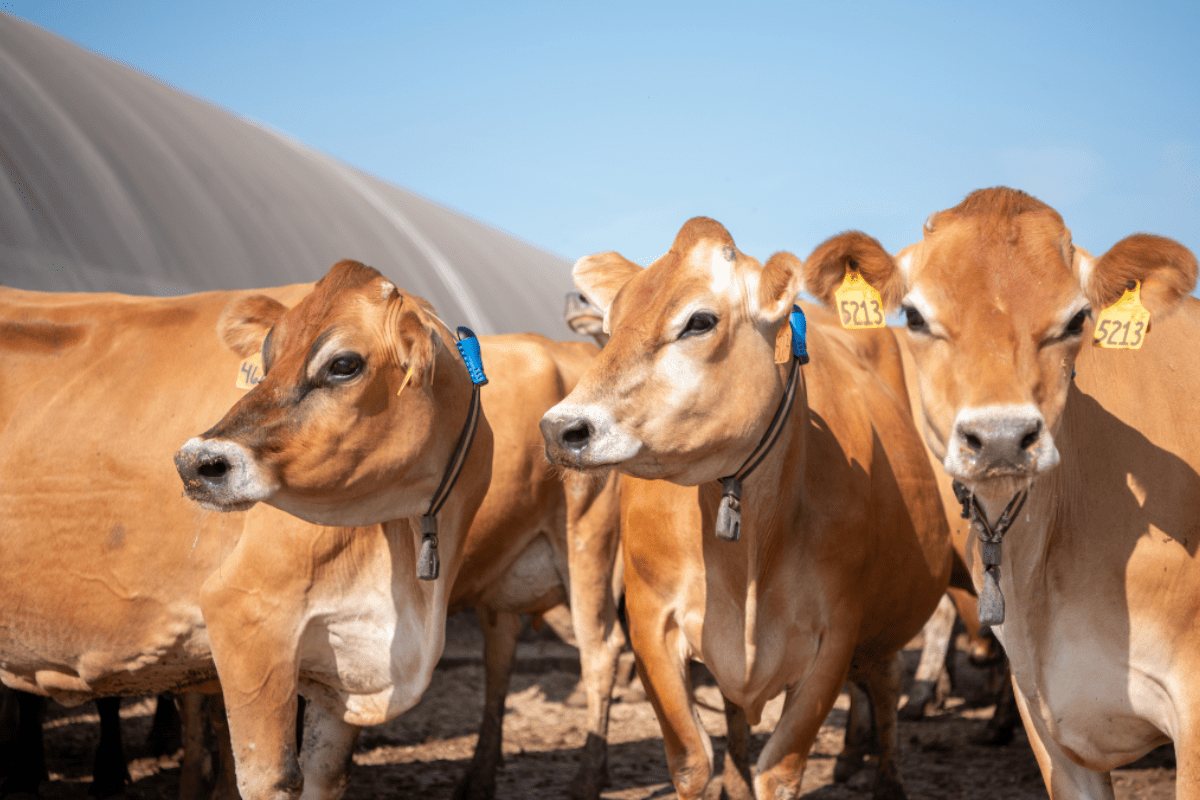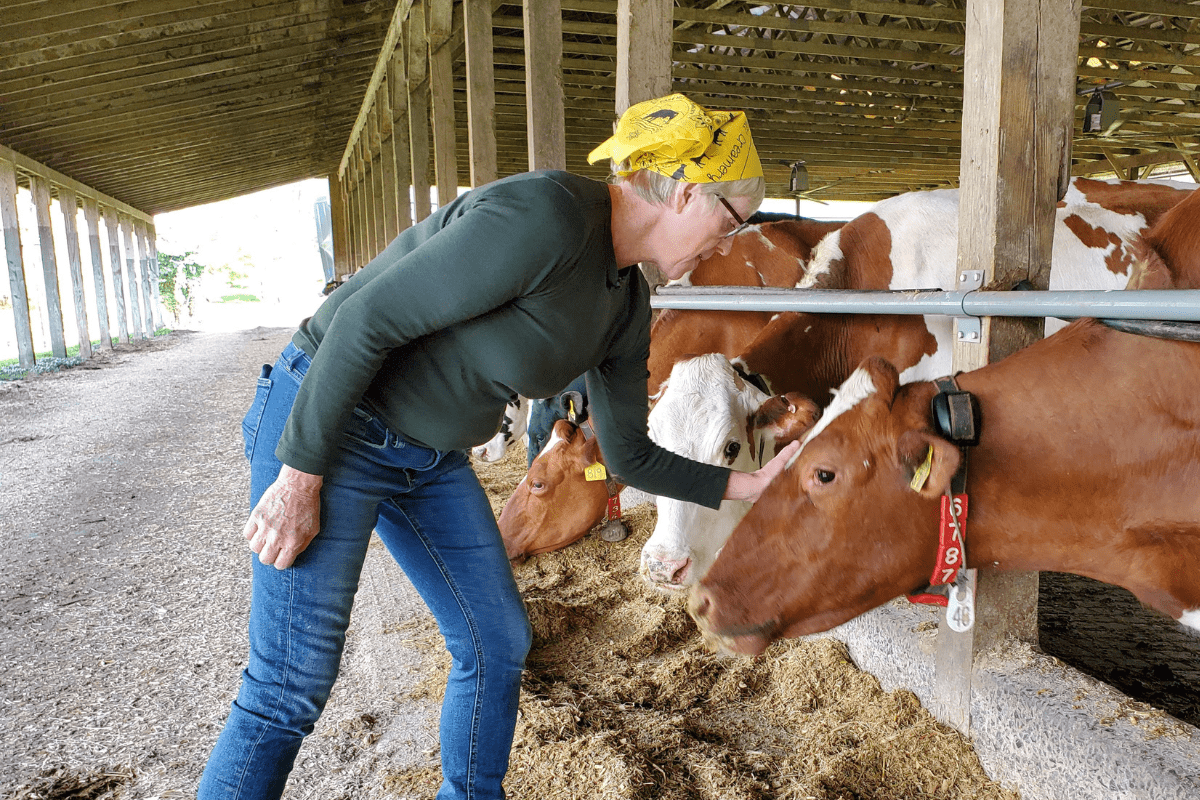Before it was cool to recycle and be sustainable, dairy farmers were working hard to do more with less to care for their cows and land to preserve the future of the planet as well as their families. In fact, today, each gallon of milk produced requires 30 percent less water, 21 percent less land and has a 19 percent smaller carbon footprint than it did about a decade ago, yet it still has the same nutritional benefits and great taste. Dairy farm conservation happens in many different ways.
Here are five practices that are helping dairy farmers minimize their impact and continue to foster a sustainable future.
1. Soil Health Practices
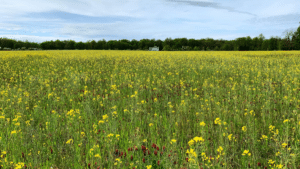
Healthy soil is critical for dairy farmers to grow crops and be able to provide feed for their cows. Dairy farmers plant cover crops that are grown to “cover” and protect the soil during times when the primary crop is not growing. No-till is another tool used to create good soil structure. No-till is a form of conservation tillage by which crops are planted directly into the previous crop residue without disturbing the land. Such practices prevent highly productive soil from eroding off farm fields–important to both the farmer and the environment. Retired Pennsylvania dairy farmer Leroy Bupp shares his expertise on how to cultivate healthy soil.
2. Stream Buffers
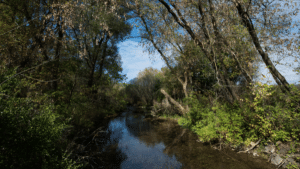
Water is a vital resource on dairy farms and farmers do what they can to protect water quality. Planting trees and other vegetation near streams and creeks on farms provides habitat for wildlife, helps shade the water and keeps it cool for aquatic animals, and creates a ‘buffer’ between a stream and nearby crop fields or pastures. In addition, the buffer traps and keeps sediment and other pollutants from entering the water. Dairy farmers at Mt-Glen Farm, a Leopold Conservation Award winner, in Columbia Cross Roads, Pennsylvania, had trees planted along 40 acres of their farm near a creek.
3. Upcycling Food Waste
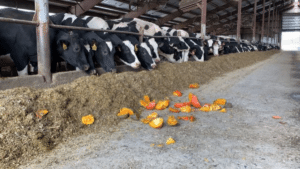
Believe it or not, cows are the ultimate recyclers. From citrus pulp and almond hulls to leftover pumpkins and other fruits and vegetables, and even bakery waste, cows have the ability to digest foods that people cannot. These are the types of byproducts Barbland Dairy in Fabius, New York, and many other dairy farmers incorporate into cows’ feed. The cows upcycle the food into nutritious milk that is good for you and made with care for the planet. From the farm to your fridge, our dairy farmers are taking steps to reduce food waste and greenhouse gas emissions.
4. Manure Management
Cows eat, and they poop. Think of manure as nothing more than digested food. Dairy manure is a valuable resource with a variety of uses. Manure serves as a natural fertilizer for crops to produce food for cows, it can be turned into renewable energy to power the farm and even recycled into comfortable bedding for cows. At Pocantico Jersey Farm & Creamery (formerly Cow Comfort Inn Dairy) in Union Bridge, Maryland, dairy farmers installed new manure storage facilities and engage in cropping practices designed to minimize nutrient and sediment loss from their fields. They invested in new technology which injects manure into the soil — delivering nutrients a lot deeper into the soil and with less odor, too.
5. Energy Efficiency
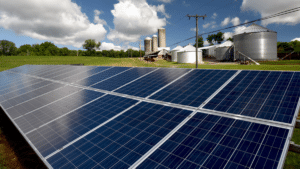
Farmers are always looking for what they can do next to protect the environment. Walmoore Holsteins, an honorable mention award winner in environmental stewardship in West Grove, Pennsylvania, practices energy conservation with use of LED lights, solar panels that help power the farm and a plate cooler, which is a heat exchanger that uses cold water to quickly reduce the temperature of milk. This saves energy by reducing refrigeration requirements, and the warmed water is recycled as drinking water for cows or to clean the barns.
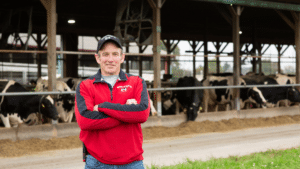
You don’t have to be a dairy farmer to practice conservation. In fact, here are seven ways we can all be more like dairy farmers in showing our commitment to environmental sustainability.

